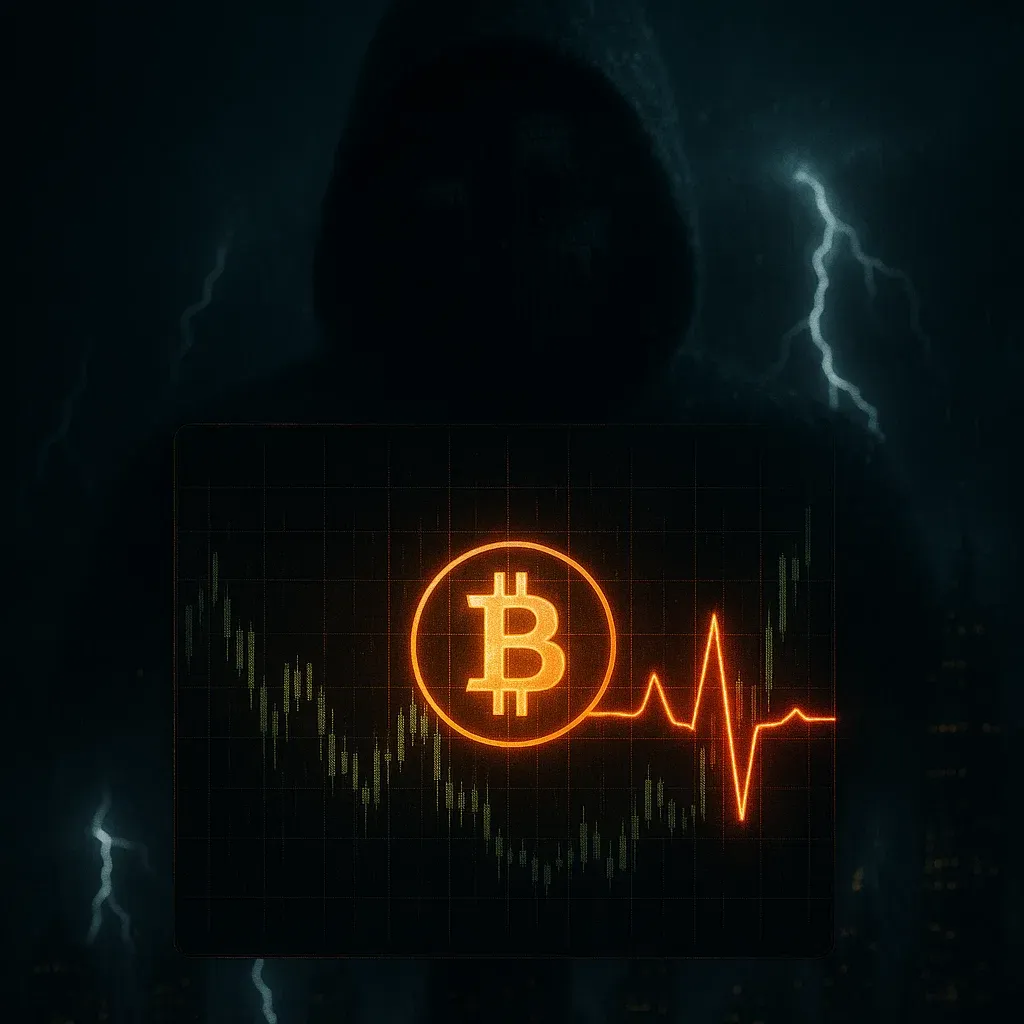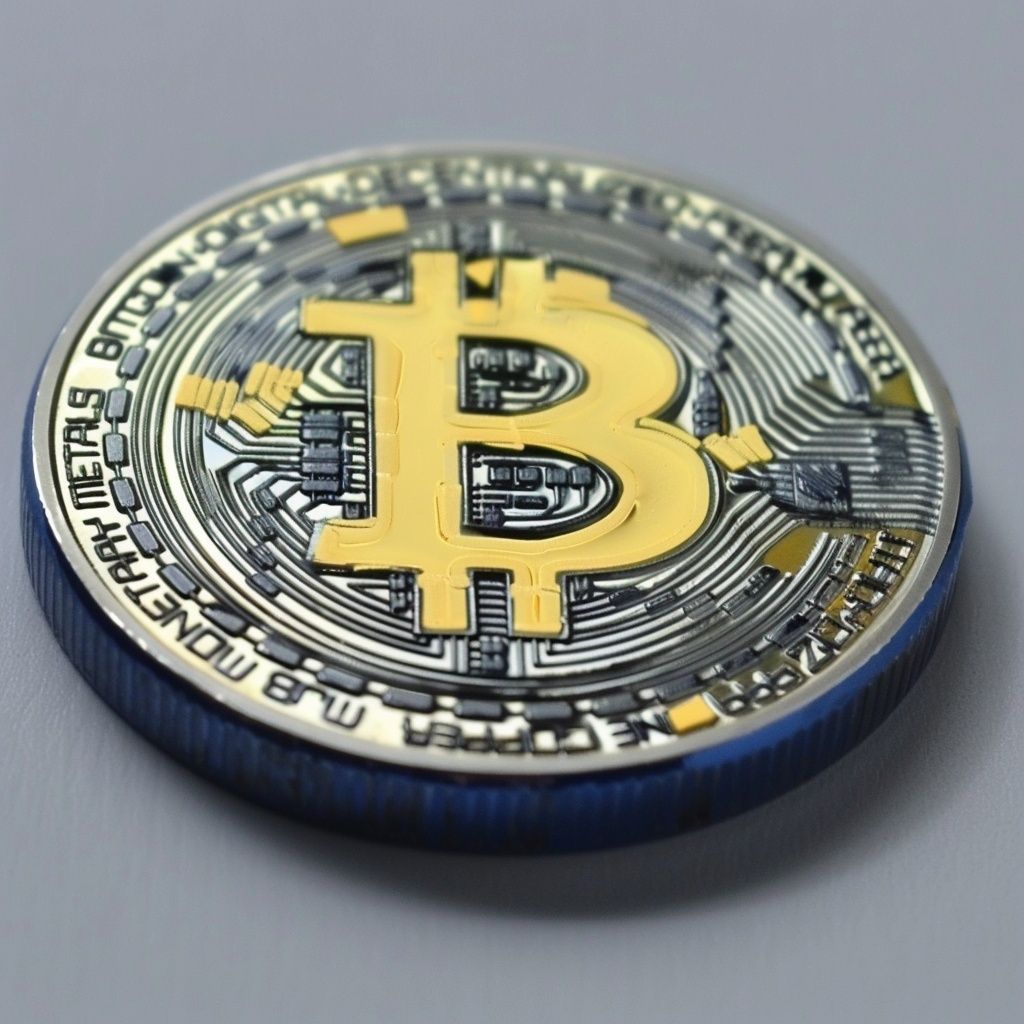Crypto.com CEO Calls for Exchange Probe After $37B Market Liquidation
Crypto CEO Calls for Crackdown — $37B Liquidation Sparks Industry Reckoning
After one of the largest crypto crashes of 2025, Crypto.com’s CEO Kris Marszalek is demanding a full-scale regulatory probe into exchanges like Binance, Hyperliquid, and Bybit — accusing them of system failures, conflicts of interest, and market manipulation.
⚡ Quick Hits
- 💥 Total liquidations: $37 billion in 24 hours
- 🏦 Exchanges under fire: Binance, Hyperliquid, Bybit
- 📉 Top culprit: Binance — nearly 60% of total liquidations
- 🧠 Whistleblower: Kris Marszalek, CEO of Crypto.com
- ⚖️ Call to action: global regulators to investigate mispricing, insider trading & user access failures
💣 The Crash That Shook the Market
October 11, 2025 — a day traders won’t forget. Bitcoin and major altcoins nosedived in one of the sharpest intraday collapses of the year, triggering over $37 billion in liquidations across global exchanges.
For most traders, it was chaos. For Kris Marszalek, it was something more: a red flag.
“$20B in liquidations — a lot of users got hurt,” Marszalek wrote on X. “The job of regulators is to protect consumers and assure market integrity.”
🧨 “Was It a Market Crash — or a Structural Failure?”
Marszalek called for regulators to audit the top ten exchanges involved in the liquidation cascade, naming Binance, Hyperliquid, and Bybit as primary targets. Together, they accounted for nearly 90% of all liquidations — an imbalance too large to ignore.
His post laid out a five-point roadmap for investigation:
- Trading fairness: Did exchanges misprice trades or halt systems mid-volatility?
- Index integrity: Were internal pricing models distorting market data?
- Operational barriers: Did users lose access at critical moments?
- Conflicts of interest: Were internal trading desks front-running retail?
- AML lapses: Did compliance controls fail during chaos?
Marszalek’s tone was surgical: not emotional, but systemic. The implication was clear — exchanges might not just have failed technically, but ethically.
🧱 Binance in the Crosshairs
No surprise — Binance bore the brunt of public fury. Traders flooded X with screenshots and accusations: failed stop-losses, frozen accounts, and depegged collateral tokens that wiped portfolios clean.
One user, known as “Cowboy”, didn’t hold back:
“Binance froze accounts, disabled trading, and turned a market meltdown into their own profit machine.”
Another, “ElonTrades”, claimed the issue ran deeper — alleging price manipulation via internal order books, not decentralized oracles. His data showed that a $60M USDe dump collapsed the token’s internal exchange price, triggering cascading liquidations across leveraged markets.
“What looked like chaos,” ElonTrades wrote, “was actually a coordinated exploitation of Binance’s internal pricing system — amplified by leverage and macro panic.”
🧩 Binance Responds
Facing a full-blown PR crisis, Binance issued a statement acknowledging “platform-related issues” during the selloff.
CEO Richard Teng pledged compensation for affected users — roughly $283 million — and promised a full review.
Meanwhile, Yi He, Binance co-founder, struck a tone of contrition and defiance:
“The reason Binance is Binance is that we never shy away from problems. When we fall short, we take responsibility — no excuses.”
🧠 The Bigger Picture: Innovation Without Oversight
The $37B liquidation flashpoint isn’t just another market crash. It’s a case study in what happens when innovation outruns regulation.
Opaque order books. Internal price feeds. Algorithmic liquidations without oversight.
All of it creates a system where speed trumps fairness — and whales and insiders thrive while retail gets crushed.
Marszalek’s intervention could force the issue: If regulators act, this may become crypto’s own “Flash Crash” moment, leading to new standards for transparency and exchange accountability.
🧭 Why It Matters
This isn’t just a Binance problem — it’s an industry problem. Crypto’s next growth phase depends on trust, infrastructure, and regulation that can keep up.
If exchanges can misprice trades or block user access during volatility, the market’s very foundation is broken. And that means more crashes — and fewer believers.
As Marszalek summed it up:
“Regulation shouldn’t kill innovation. But lack of oversight kills trust.”
TL;DR
- 💥 $37B liquidated across global exchanges
- 🧠 Crypto.com’s Kris Marszalek calls for regulatory audits of Binance, Hyperliquid, and Bybit
- ⚖️ Questions raised over trade fairness, pricing models, and user access
- 🧱 Binance admits “issues,” offers $283M compensation
- 🧩 Event exposes deep flaws in crypto’s unregulated core
- 🚨 Could spark the industry’s biggest transparency reform yet

Recent News
All Time High • Live
Have questions or want to collaborate? Reach us at: info@ath.live











